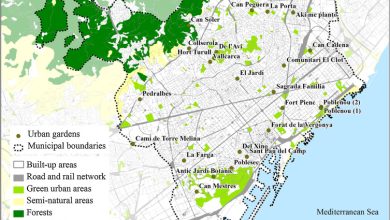What is a scarifier and why use it on the lawn?
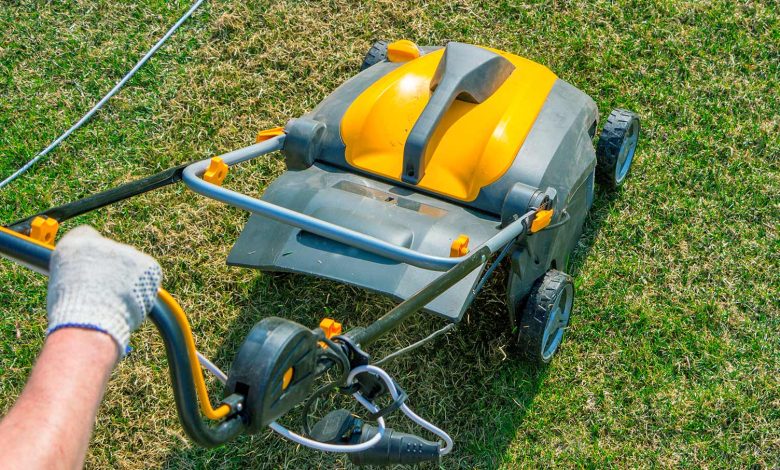
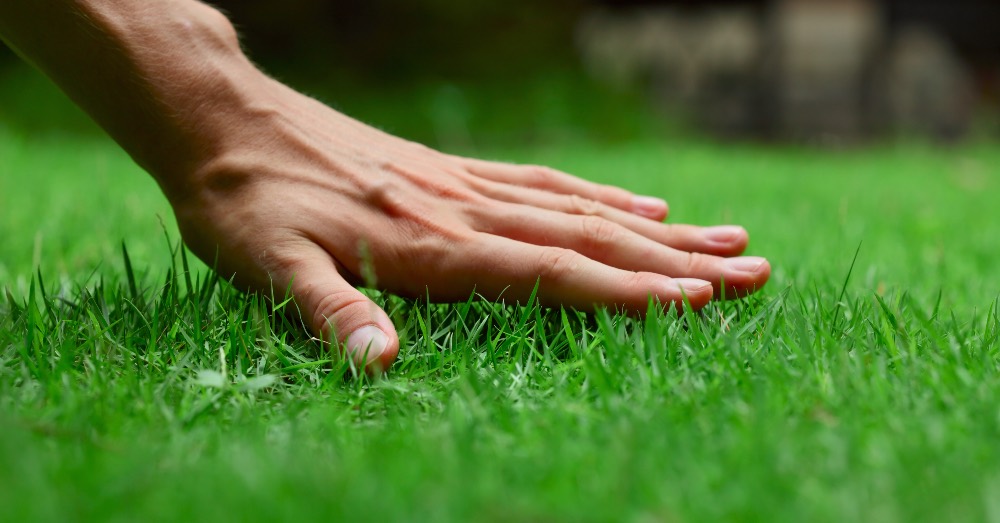
It is one of those gardening terms that we often hear without understanding what it means. Knowing what a scarifier is and what the advantages of its use are is essential, whether we have a tiny garden or a large one. A true ally to fine-tune our piece of nature when the cold months are over.
The arrival of spring is precisely one of the most demanding moments in gardening. Although we have rigorously followed the essential care of the garden in winter, our exterior will have paid the consequences of the cold months. And it is not only low temperatures that affect the life of our plants. Added, if we add them to the rains, it is more than likely that our land has been compacted, complicating the cultivation of almost anything.
Precisely to be able to resume life in the garden, it is vital to know what a scarifier is. A tool with different applications that will allow us to once again have soil suitable for cultivation.
WHAT IS A SCARIFIER AND WHY IS IT IMPORTANT
Let’s start by identifying what a scarifier is. At first glance, it resembles a rake of greater or lesser size depending on its use. It has steel teeth similar to this tool but, digging a little deeper, we will find the main differences. For one, their teeth are firmer. On the other, the shape of their blades is substantially different.
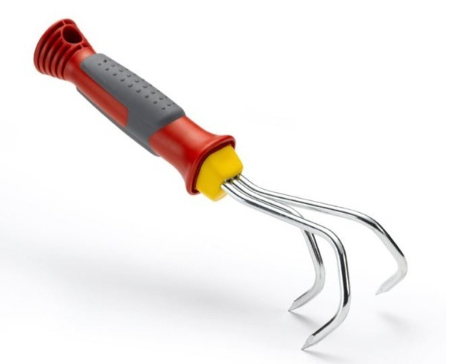
This fundamental difference with respect to a rake is not accidental. A scarifier has longer tines that are also flattened at the end. A specific design that seeks to penetrate the earth, and exert enough force to break it.
What is the function of a scarifier
When it comes to basic gardening tools, we often overlook the scarifier. A common mistake that is based, on many occasions, on the lack of knowledge of its usefulness. It is enough to understand what it is for to add it, yes or yes, to those work tools that make our garden tasks easier.
As we said, the main task of the scarifier is to break the earth. But let’s not stay on the surface, because the crumb of this tool is precisely in the depth. It is true that, a priori, it seems that its usefulness lies in helping us to remove leaves, moss and other organic debris accumulated on the substrate or lawn during the winter months.
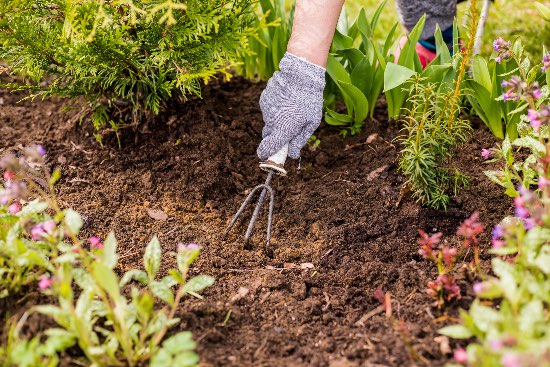
However, the scope of its importance goes further. Thanks to the design of its tines, a scarifier makes cuts in the substrate. Some that allow breaking soils caked by cold and rain but also facilitate the entry of water and air into the lower layers of the substrate. It will be through these small cuts that the soil can regenerate, regaining the aeration that the roots of any type of plant need. It will also favor the soil to be soft and loosened: a fundamental aspect for the new life to prosper.
THE LAWN SCARIFIER, THE MOST USED
Although it is an extremely useful tool for any surface in the garden, there is no doubt that there is a star scarifier: the lawn scarifier. A key tool in the cultivation of this decorative herb that we must contemplate if we want to enjoy that much-desired green mantle.
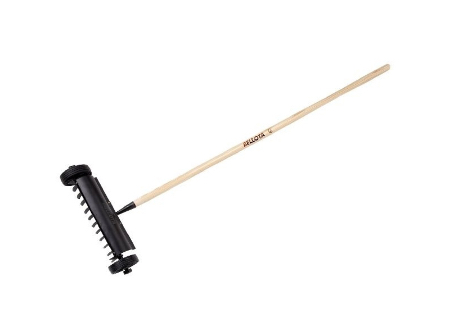
In general, we have a wide range of options when it comes to lawn scarifiers. We can opt for the manual ones, the electric ones and, for large surfaces, the gasoline ones. Also, looking at their teeth, we will find two more varieties: those with spikes, designed only to clean superficial layers of the soil; and those with blades, which will delve into the earth to get nutrients and oxygen to penetrate the ground. The option that we will have to consider if we want to pamper our lawn so that it prospers in conditions.
When to use it on the lawn
We usually focus on lawn care in summer because it is, without a doubt, the time of year when we enjoy it the most. However, only if we take care of our grass the rest of the year can we guarantee that it is in top shape in the hottest months.
This set-up is mandatory by using a scarifier when the cold has receded. A way to give the soil back the energy and permeability it needs to support grass growth. It is not the only important thing. After scarifying, it is also an ideal time to reseed the lawn, apply topdressing or even worm castings if we want to fertilize the soil.
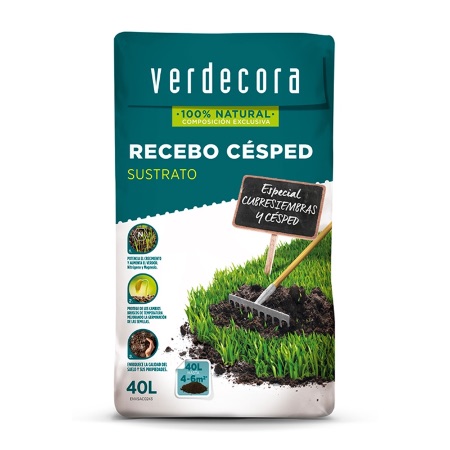
But it is not the only time we have to remember it: using it in autumn will also guarantee that our soil is prepared to face the winter months and that it will be free of harmful companions. And it is that, aside from knowing how to eradicate weeds from the garden, using the scarifier will allow us to uproot them to prevent them from becoming nutrient thieves from our soil in the cold months.
How to properly scarify the lawn
Regardless of when, you have to know a couple of other aspects. We should not use the scarifier on a newly planted lawn. If you do, this task will be preventing the correct rooting of our grass. Using a lawn scarifier should only be done in established gardens, where our grass is at least a couple of years old.
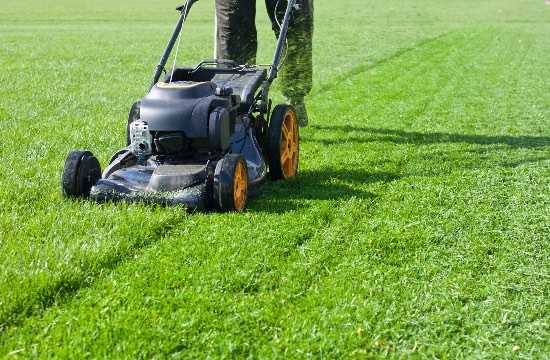
In addition to this, we will also have to consider one more precaution. For the blades to penetrate the ground properly, the grass needs a maximum height of four centimeters.


![Photo of The Surfinia or Hanging Petunia: [Planting, Care, Irrigation and Substrate]](https://www.complete-gardening.com/wp-content/uploads/2022/08/the-surfinia-or-hanging-petunia-planting-care-irrigation-and-substrate-390x220.jpg)
![Photo of Durillo: [Cultivation, Irrigation, Care, Pests and Diseases]](https://www.complete-gardening.com/wp-content/uploads/2022/08/durillo-cultivation-irrigation-care-pests-and-diseases-390x220.jpg)
